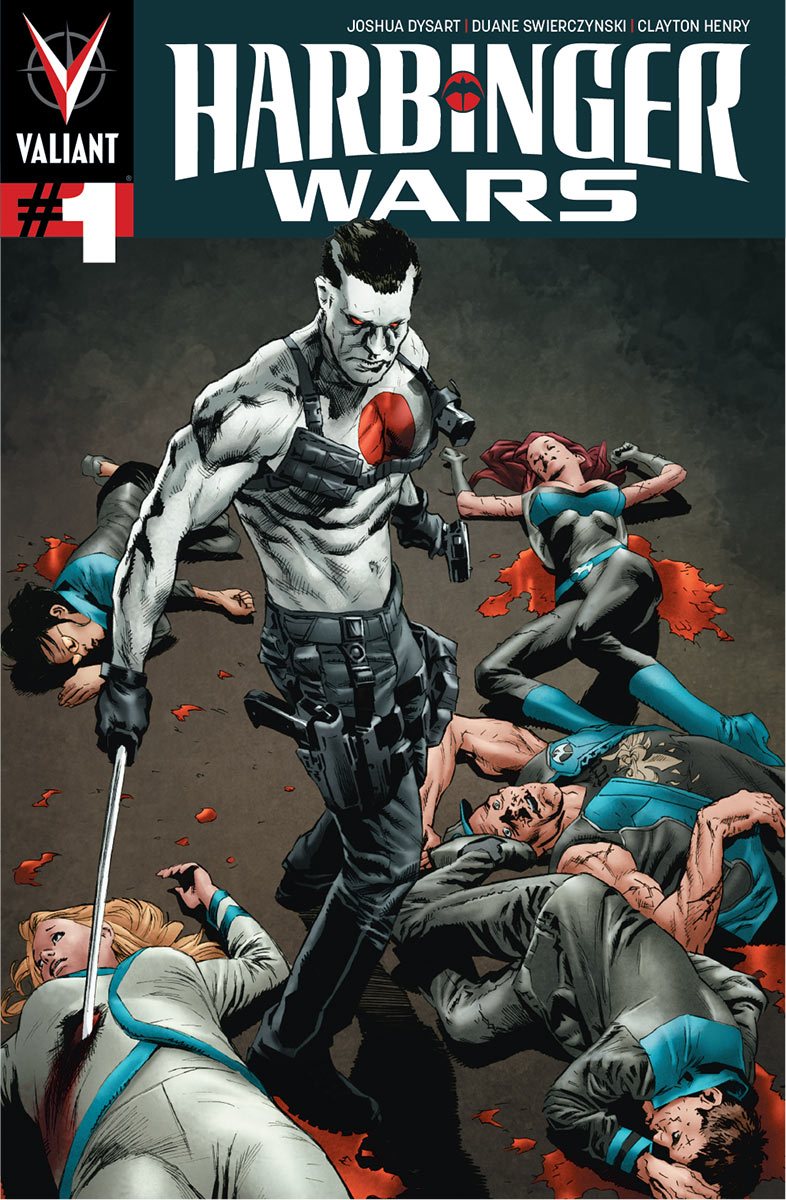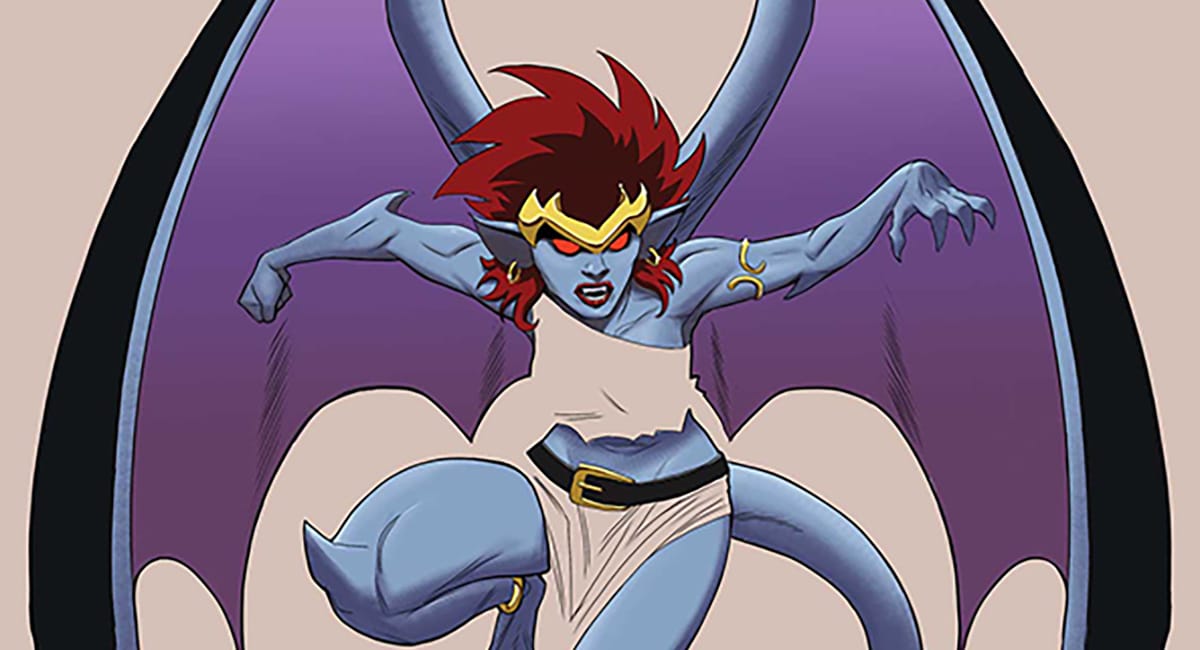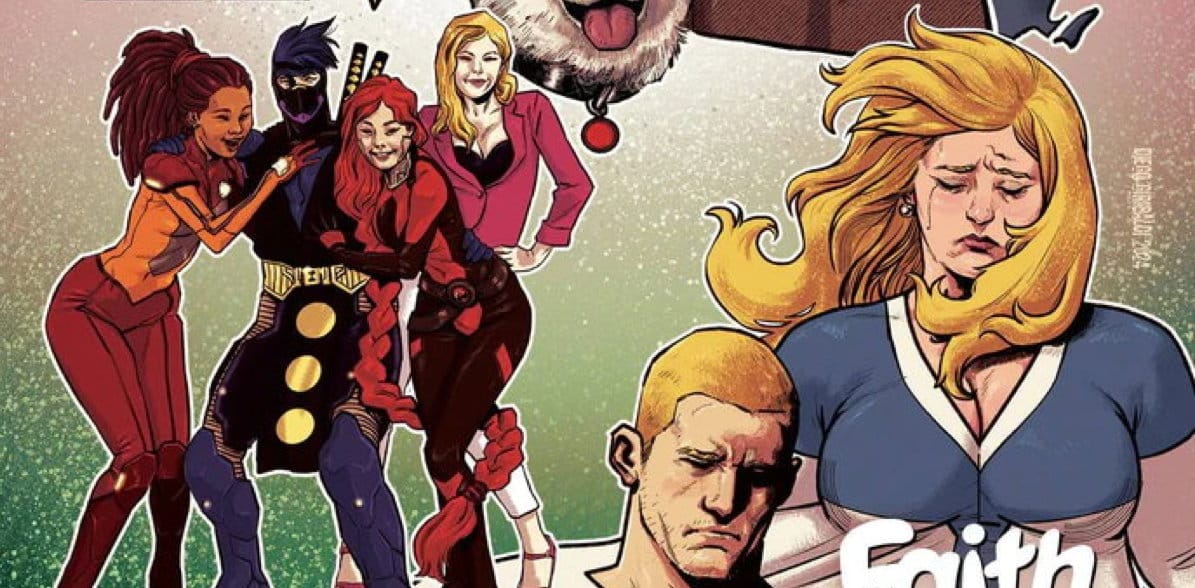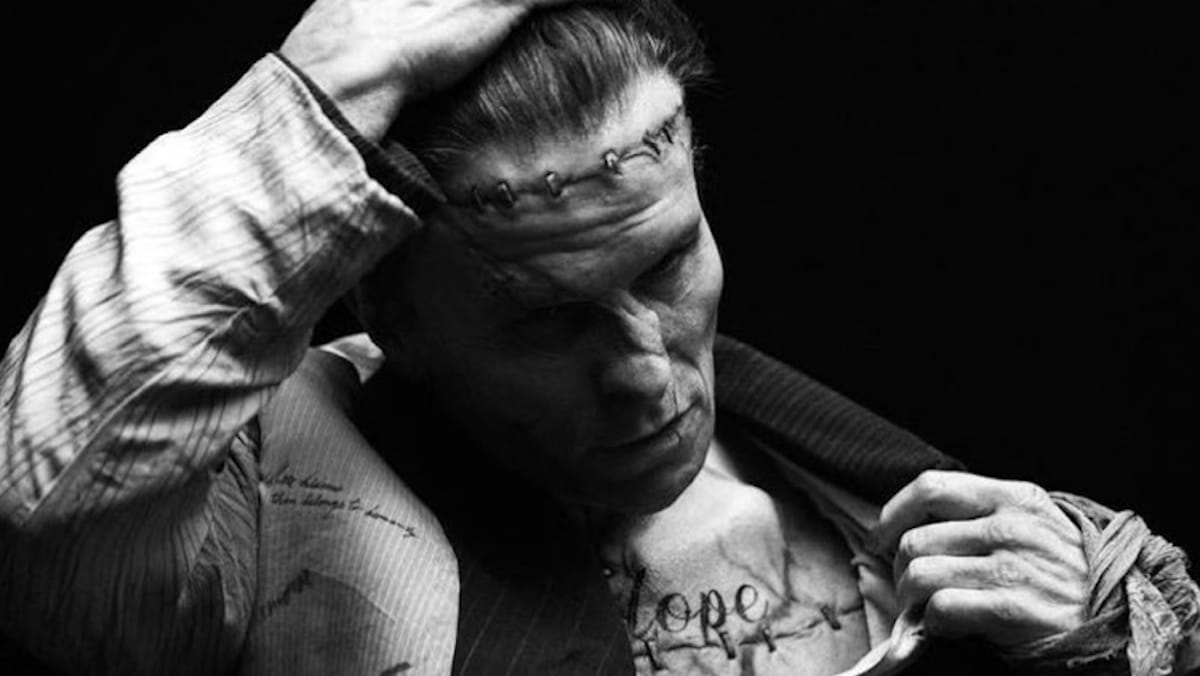Spoilers ahead
And so Valiant enters crossover mini-event territory, with Harbinger Wars and Bloodshot crossing into a storyline called Harbinger Wars. After a year of building up the Valiant Universe, this offers us a first look at how everybody relates to each other. Co-written between Harbinger’s Joshua Dysart and Bloodshot’s Duane Swierczynski, issue #1 of this event doesn’t ramp up the tension or offer readers an epic, exciting, spectacular. Instead, it feels like… just another issue of Harbinger.
The scene is set incoherently, with the story frequently relying on readers already firmly aware of the details of every previous issue of Harbinger. Dysart splits the book into several different sections, all drawn by different artists – Clayton Crain draws a flashback sequence, Mico Suayen handles a dream sequence, whilst Clayton Henry is in charge for most of the book. The result makes for an effective whole, visually, with the juxtaposition of artists causing the book to feel like it has a wider consequence for things as a whole. So there are different artistic styles, so it feels like each different piece of the storyline is important in and of itself.
But the actual narrative itself feels rather weak indeed, with Bloodshot barely used and the main Harbinger plot points feeling tired and unexciting. There’s no surprise or shock in the issue, with the characters walking through motions seen countless times before. Events centre around a facility which is filled with young ‘Harbingers’, who each have unique power. The Harbingers want to escape the facility, and Bloodshot walks in and helps them do so. That’s essentially the entire plot of the issue, although Dysart does everything possible to try and add to it, and create suspense and mystery – the problem is that nothing here works.
The story is so simple and uneventful that no amount of time-jumping, fantasy sequences or mystic dreams can help it along. There’s no clash between Bloodshot and the main Harbinger team, who don’t actually meet in the issue and are working for the same cause anyway. The villains don’t appear to have any kind of major plan in motion to take over the world or destroy the moon – the escape doesn’t feel like it even matters to them. A group of their Harbingers have escaped, but they don’t seem particularly bothered by it. Again, the main plot feels inconsequential and unimportant, which makes the issue as a whole feel similar.
There’s nothing wrong with the writing, art, dialogue, colouring, lettering – everything in Harbinger Wars #1 is fine. But the narrative – at least at this stage – is surprisingly weak. Harbinger has looked to be building up to this for a while – it’s a shame we don’t get to see anything explode. Instead of things getting kicked into high gear, the gearbox has fallen out the bottom of the car and Valiant don’t know how to get it back.









Yikes, pretty damning words.
You know, I felt kind of similar the first time I read this through, I wasn’t sure what I was supposed to be reading, or cheering for.
When I read it again, however, it became a lot more clear that the main characters of this book are the kids that escaped from Project Rising Spirit, and that all the folks I expected to see, Bloodshot, Harada, and the Harbinger Renegades, are playing a secondary role in these kids’ story, at least for this issue.
From the previews, issue 2 looks like it will be a bit more explosive, with Bloodshot going up against Harada.
Have to agree with Sean above. The first read through is a little disappointing sure, but with a second read through you get more of a sense of what the author was trying to do.
Of course, when you’re running writing articles about comic books, it’s probably nigh on impossible to do a second read through of anything that’s not absolutely stellar :)
BTW. I did love the cover art though, and it’s one of the big reasons I picked it up to begin with.
Anyone giving this series a bad review is either a stupid Marvel zombie or an idiot who doesn’t know what a good story is. Harbinger is fantastic as is Harbinger Wars, people need to hop on this book ASAP because it’s simply one of the best out there.
I read it through three times before I wrote the review – I’m sure that once the mini wraps, I’ll enjoy it more as a whole! But as the opening act of a long-awaited storyline, it didn’t grab me. I just felt like there isn’t much of a story here, not yet. I’ll come back once the mini finishes and see how my opinion’s changed!
I really enjoyed this book. It sets the stage for many big things to happen, while moving all of the major players together in order to enable that to happen. (which is a tactic frequently used in any major crossover event). I feel that Dysart gets everything in place in the first issue, whereas the Big 2 like to have an issue somewhere in the middle of the arc that ends up accomplishing the player movement but makes the reader feel like they just paid for a filler issue. I appreciate that the stage is set from the get-go in this title, while introducing a few new characters and elements that we had not seen in the Harbinger and Bloodshot titles.
The art was fantastic in every respect, and the use of the the 3 different styles really kept it clear for the reader to follow when/where each part of the story was taking place.
Valiant is a very character-driven publisher where big explosions and world domination are thrown in when needed, and are not used as the major events of the comics they make. While that stuff can be fun, I feel that the personal relationships and interactions between the characters make for a much richer reading experience. In this particular book, Harada has been working (over a long period of time) to free those kids and take them under his wing so he can use them to his own ends (which is the villain with a major plan in motion). We know Bloodshot is coming, and this book sets up that impending major confrontation between him and Harada (who thought he could manipulate Bloodshot through mind-controlling members of PRS), unaware of the Harada Protocols that will change everything. This book was set-up, pure and simple. The gearbox didn’t fall out of the car, the ignition was turned, the engine revved up, and we’re about to floor it.
Download a copy of the Total Audio Converter nowadays
and see for.
Comments are closed.